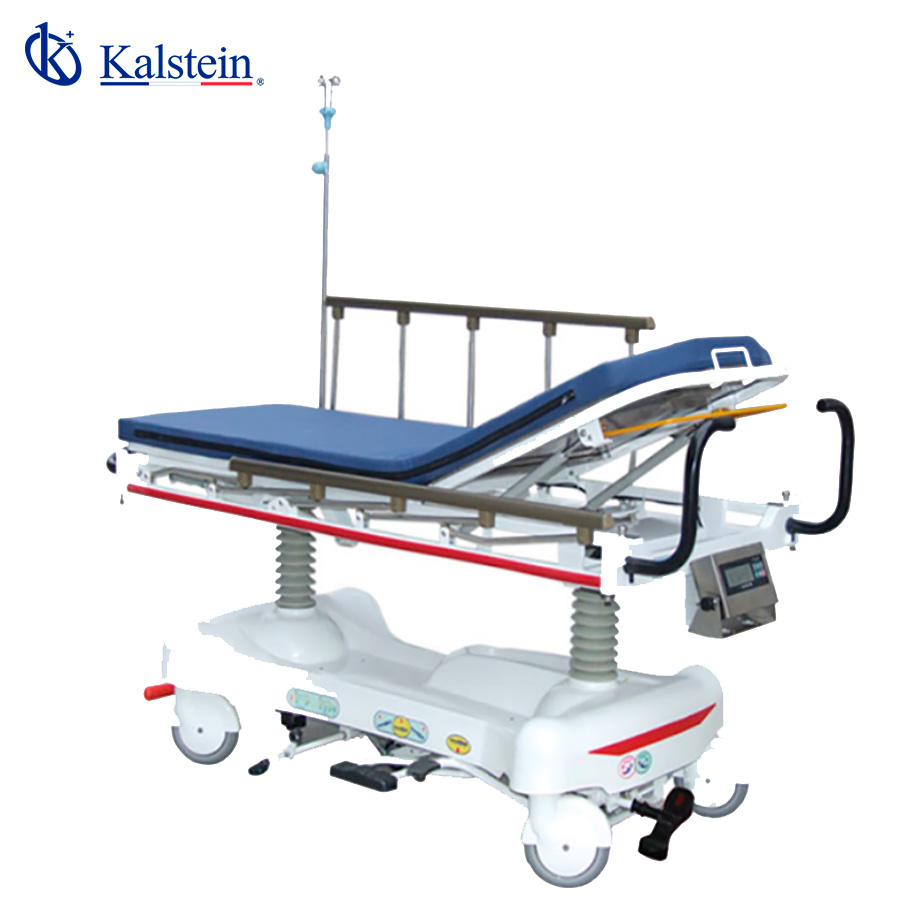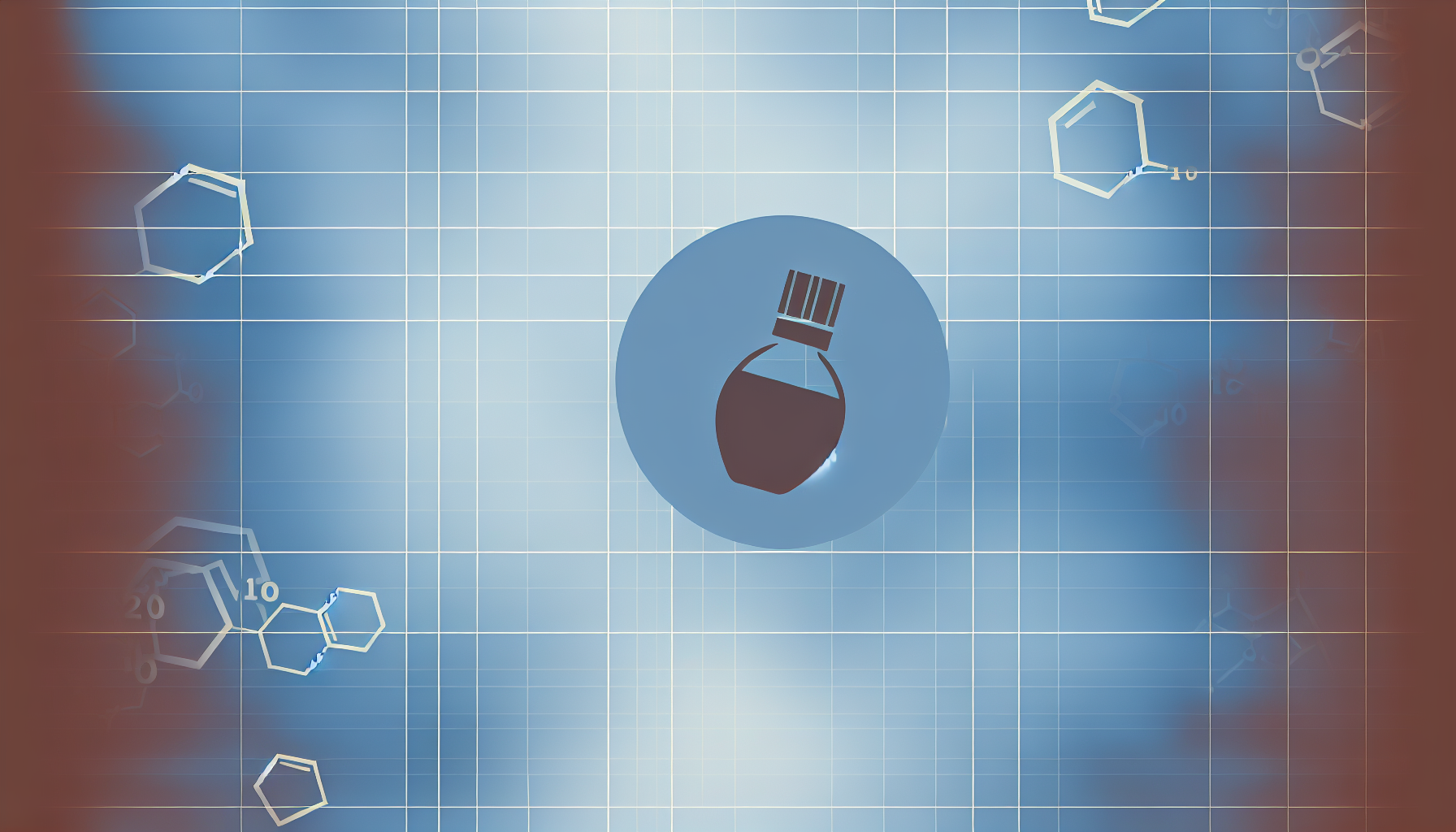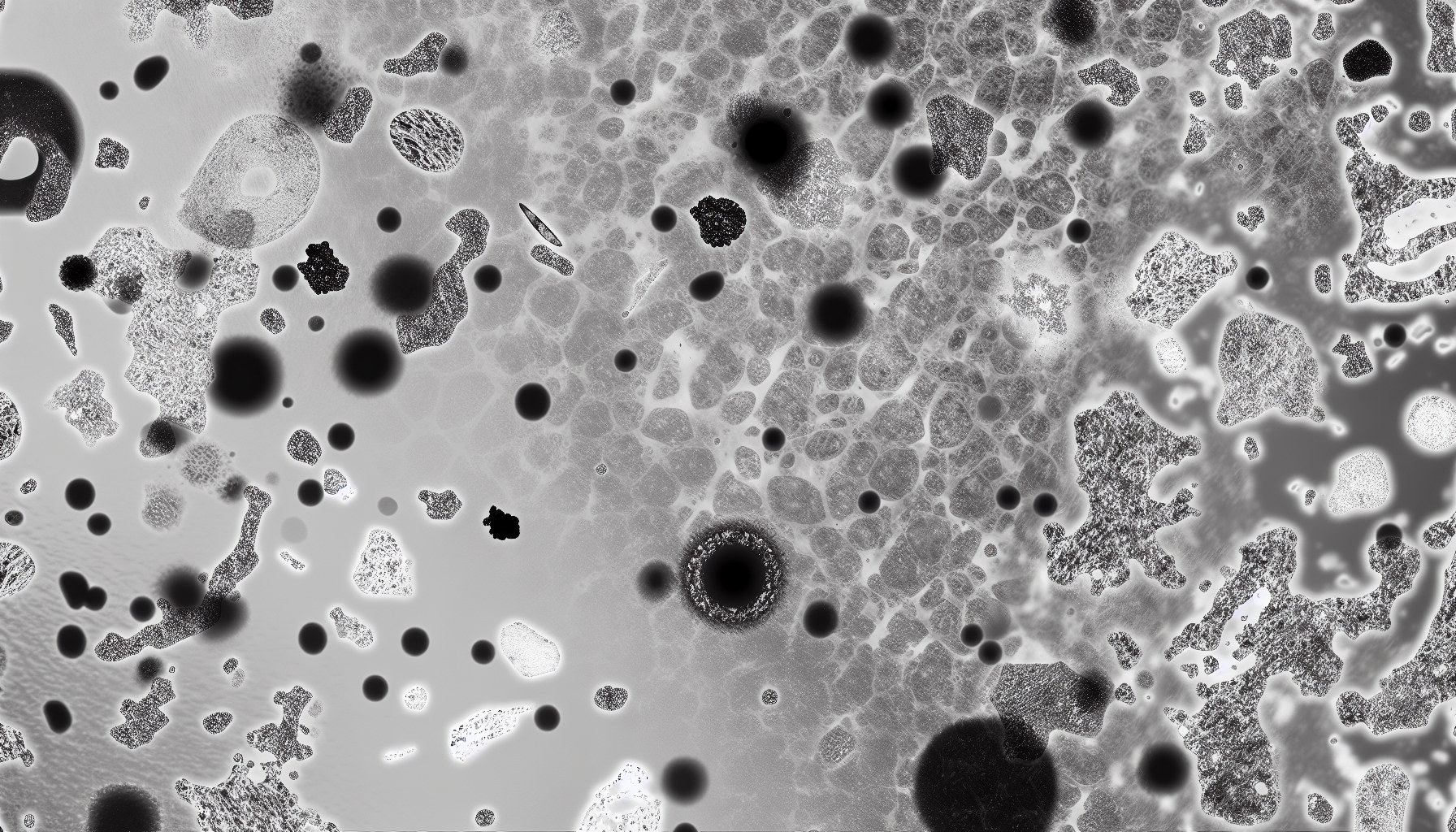In the healthcare sector, the safe and efficient transfer of patients is a critical priority. Hydraulic transfer stretchers represent a significant advancement in this field, combining modern technology with ergonomic design to enhance the experience for both patients and medical staff.
This article delves deeply into the benefits, unique features, and ways these stretchers address specific issues in the medical environment.
Are you yearning for top-tier medical equipment, ready to enhance the efficiency of your laboratory? Visit https://kalstein.co.uk/category-product/medical-line/medical-transfer-stretcher/ to explore our high-end catalog, packed with the best finds at the most competitive prices. Excellence marks our brand, we innovate and manufacture high-precision equipment, both reliable and durable to meet your needs. Why wait? Make your quick and secure online purchase, take the leap towards the future of medical technology today. https://kalstein.co.uk/
Benefits of the Hydraulic Transfer Stretcher
Hydraulic transfer stretchers offer multiple benefits that set them apart from traditional stretchers. One of the most notable benefits is the ease of use and maneuverability. Thanks to the hydraulic system, healthcare professionals can adjust the height and position of the stretcher precisely, facilitating patient transfer and reducing the physical effort required by the staff.
Another key benefit is the improved safety for patients. Hydraulic stretchers are equipped with braking and locking systems that ensure stability during transfer. Additionally, many of these stretchers include adjustable rails and non-slip mattresses, minimizing the risk of falls and injuries, thereby providing a safer and more comfortable experience for patients.
Unique Features of the Hydraulic Transfer Stretcher
Hydraulic transfer stretchers stand out for their innovative features. One of the most notable features is the hydraulic adjustment system, which allows precise regulation of the stretcher’s height and angle. This not only facilitates access for medical staff but also enables a smoother and more controlled transfer.
Another unique feature is the robust and durable construction of these stretchers. They are designed to withstand intensive use in hospital environments, with high-quality materials that resist wear and ensure long-lasting use. Additionally, many hydraulic stretchers feature antimicrobial and easy-to-clean surfaces, which are crucial for maintaining a safe sanitary environment and reducing the risk of hospital-acquired infections.
Addressing Specific Problems in the Medical Environment
Hydraulic transfer stretchers address several specific issues faced by healthcare professionals. One such problem is the difficulty in transferring patients with reduced mobility or those requiring special assistance. Thanks to their hydraulic system, these stretchers allow smooth and gradual adjustments, facilitating patient transfer without causing discomfort or pain.
Another problem these stretchers solve is reducing the risk of injuries for both patients and medical staff. Traditional manual transfers can be physically strenuous and carry a high risk of repetitive strain injuries. Hydraulic stretchers, by automating and simplifying the transfer process, minimize the necessary physical effort and significantly reduce the risk of occupational injuries.
Impact of Medical Innovation on Patient Transfer
The introduction of hydraulic transfer stretchers has had a notable impact on the quality of medical care. These stretchers not only improve operational efficiency in hospitals but also contribute to a safer and healthier work environment for medical staff. The ability to adjust the stretcher precisely and effortlessly reduces staff fatigue and allows for more patient-centered care.
Additionally, the improvement in patient safety and comfort is a crucial factor. Smoother and more controlled transfers reduce patient stress and anxiety, which can enhance their overall experience and speed up their recovery. This combination of benefits for both staff and patients makes hydraulic stretchers a valuable investment for any healthcare facility.
Medical Research and Development of Hydraulic Stretchers
The development of hydraulic transfer stretchers is the result of years of medical research and technological development. Medical equipment manufacturers work closely with healthcare professionals to identify needs and challenges in the clinical environment. This collaboration has led to the creation of stretchers that not only meet safety and efficiency standards but also incorporate innovations that enhance daily medical practice.
Research continues in areas such as ergonomics and automation, with the goal of creating even more advanced stretchers. Advances in materials and hydraulic technologies promise lighter, more durable, and easier-to-use stretchers. Additionally, the integration of digital technologies, such as sensors and monitoring systems, could further transform the way patient transfers are conducted in the future.
Future Perspectives and Conclusion
Looking to the future, hydraulic transfer stretchers will continue to evolve to meet the changing needs of the healthcare sector. With the ongoing focus on medical innovation, we can expect to see new features and improvements that make these stretchers even more effective and user-friendly. The combination of advanced technology and user-centered design will ensure that hydraulic transfer stretchers remain an essential tool in modern healthcare.
In conclusion, hydraulic transfer stretchers represent a significant advancement in patient transfer, offering clear benefits for both patients and medical staff. Their unique features and ability to address specific issues in the medical environment make them a valuable investment for any healthcare institution. As medical research and technology continue to advance, we can expect these stretchers to keep improving and redefining the standards of quality and efficiency in medical care.




